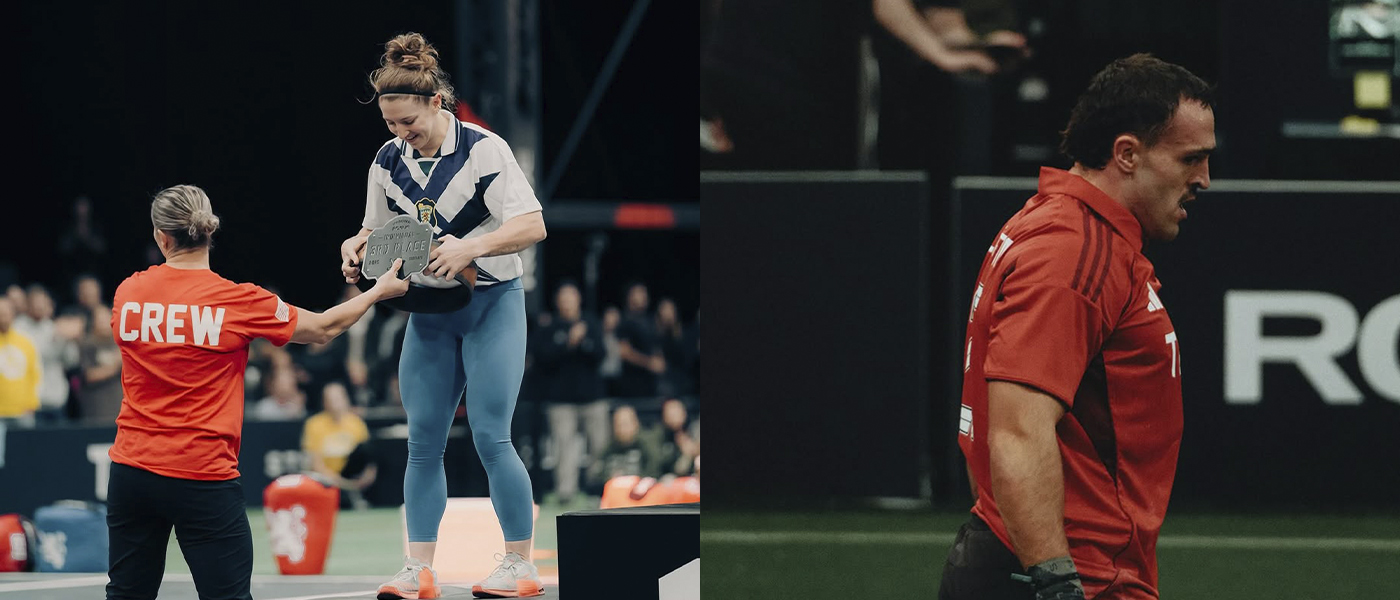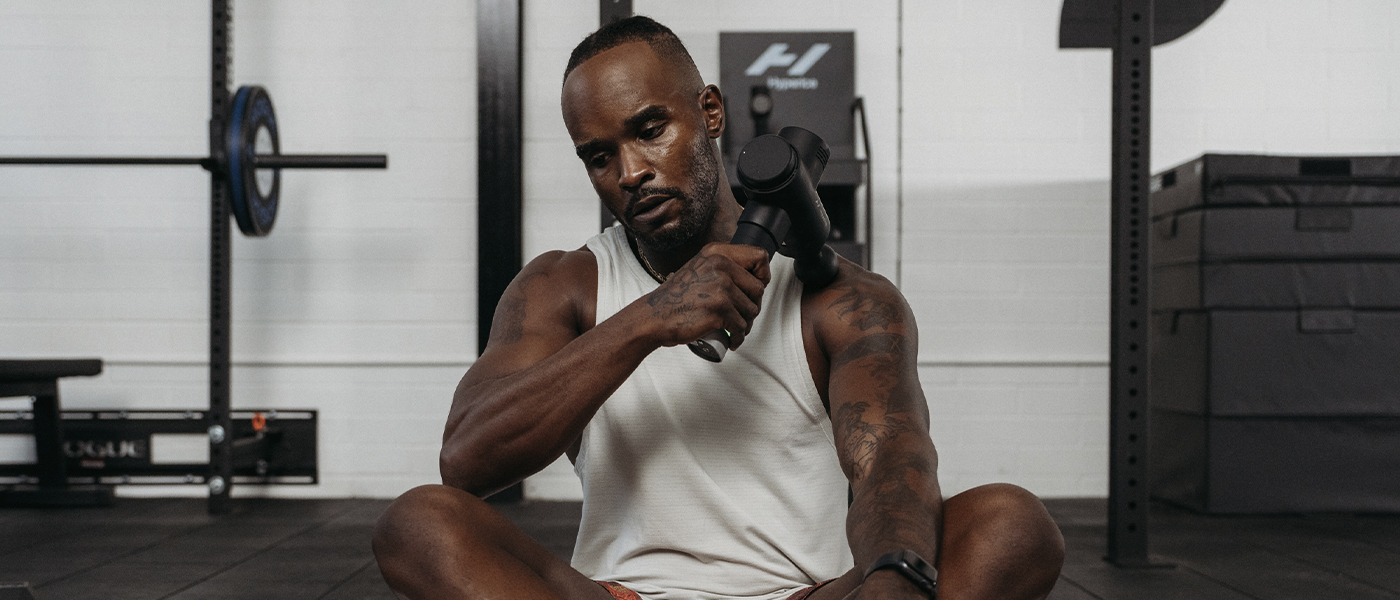CrossFit has unveiled its competitive roadmap for the 2026 CrossFit Games season, marking the third structural change in as many years. The announcement confirms the return of Quarter Finals - a stage last seen in 2024 - alongside the continuation of in-person Semi Finals that debuted last year. While the move aims to strike a balance between accessibility and prestige, it arrives against a backdrop of falling Open participation, heightened scrutiny from the athlete community, and intensifying pressure from rival fitness formats such as HYROX and ATHX.
Following the tragic death of an athlete that defined the 2024 season and the 2025 finale in Albany, New York, the stakes for CrossFit have never been higher. Consistency, stability, and community engagement are now as critical to the future of the sport as the crowning of the next Fittest on Earth.

Quarter Finals Return
Returning to a familiar format, competitors will see the return of Quarter Finals for the top 25% of athletes in The Open, who will compete in a series of workouts held in local affiliates with the best progressing to semi finals. Semi Finals will repeat its format from 2025 with a series of in-person competitions hosted by premier organisers around the world, followed by a last-chance online qualifier for athletes who are on the edge of a Games ticket.
The CrossFit Games location and dates have not yet been announced. Albany was itself a new location, following the tragic death of Lazar Dukic in 2024 in Fort Worth, Texas during a run-swim-event.
Recent Challenges
CrossFit has struggled for consistency in its structure over the past three years, with a different approach each season. Participation in the Open, once the purest measure of CrossFit’s cultural reach, has dropped significantly. Registrations peaked in 2018 at around 415,000 athletes worldwide. By 2024, the number stood at 343,496, but in 2025 it fell sharply to 233,815, representing a year over year decline of 32 percent. For a sport built on the scale of its community, those numbers matter.
CrossFit’s adjustments are taking place at the same time that the wider competitive fitness space is expanding. HYROX has scaled rapidly with its mass-participation and pro-racing model, while brands including Adidas and Red Bull have invested in emerging platforms such as the World Fitness Project and ATHX.
CrossFit retains the deepest legacy in the space, but competition for athletes, fans, and sponsors has never been more intense.
.jpeg)
A Changing Landscape
Coming off the tragic events of 2024, the wider CrossFit community will be hoping for a return to form in 2026. The early release of this structure may be seen as positive, giving athletes more time to plan their approach. But yet another change in structure may strike a nerve for those who have struggled to compete long-term in the sport.
We spoke to Brent Fikowski the founder of the PFAA an athlete advocacy group which represents the elite athletes of CrossFit.
“We appreciate that this season’s details were announced well in advance, giving athletes at all levels valuable time to prepare and plan their training accordingly," he said.
“At the same time, three different season structures in three years is significant change for our community. While we support innovation in the sport, athletes need consistency and predictability to make informed decisions about their careers and training investments.”
The PFAA has previously expressed frustration with the sport department of CrossFit, calling for the removal of Dave Castro from the sport team in 2023. “The PFAA remains committed to supporting athletes and advocating for their interests,” says Fikowski. “We’re always open to constructive dialogue with any organization genuinely interested in collaborative decision-making and that includes independent athlete representation.”
The well.being team reached out to CrossFit for comment on this subject, we havent recieved feedback at the time of reading.
Platform for Success?
As the wider appetite for competitive fitness continues to broaden, it remains to be seen what impact this season change will have on participation. The Open, as a barometer of CrossFit’s wider popularity and the engagement of the community, will be carefully tracked by all fitness industry analysts.
The 2026 announcement does provide an earlier roadmap for athletes and fans than previous year, restoring a structure that many believe supports both fairness and engagement. Whether it becomes the foundation for longer-term stability, the proof is in the participation.
After three years of change, the key question for CrossFit is not who will stand atop the podium, but how many people will step onto the competition floor in the first place.






